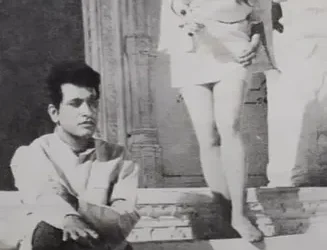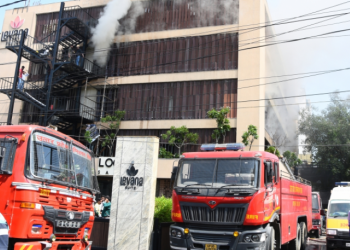India needs four lakh organ transplants annually but less than 1,000 transplants are being done due to lack of organ donors, said Dr Sandeep Attawar, president of Indian Society for Heart and Lung Transplantation (INSHLT).
According to him, only 0.5 per cent of the organs donated come from diseased organ donation after terminal brain death.
“Not much is happening on this front because organ donations are rather negligible. When the need is to do up to 60,000 heart transplants annually we are able to do a maximum of 250. Against a lakh lung transplants, we do a maximum of 200 transplants,” he said while addressing a two-day conference of INSHLT which began here on Saturday.
“Although, the demand will always be more than the supply, including in advanced countries, there is a need for a massive increase in organ donations in the country. We can have around 20,000 organ donations every year if one goes by fatal road accidents. Many are dying from end-stage organ damage. We have to fill this demand-supply equation,” he said.
Attawar called for wide awareness about the overwhelming importance of organ donation after terminal brain-death.
Around 350 medical experts with diverse specialisations drawn from across the country and abroad delivered some thought-provoking pointers during the inaugural programme of the conference.
The essence of the conference was themed around the critical medical fields of heart, lung transplantation and mechanical circulatory support with thrust on the path-breaking advancements that have been made in the recent past.
The enlightening programme was of equal importance to practitioners not only from India but also from abroad.
Speakers eulogised the remarkable advancements that are coming in handy while handling the alarming rise in cases pertaining to heart failure and end-stage lung disease.
They dwelt deep into how the conference can help physicians and the thoracic transplant community to go about qualitative clinical care and save thousands of precious lives.
Attawar covered various aspects of the impact of Covid-19 on thoracic transplantation and its sustenance.
“Those initial days of the pandemic were difficult to fathom. The hitherto unheard of pathology was so extreme in nature and rapacity that it made a life-saving double-lung transplant commonplace. Adding to the problem is that despite the best efforts of the medical fraternity, the country is beset with a low percentage when it comes to organ donations,” he said.
“Today, three years down the line, I take pride in stating that we, as a fraternity, have endured and moved forward with remarkable finesse. We’ve gained much in understanding end-stage heart and lung disease, demonstrating greater resilience in using life-saving extra-corporeal bridging strategies and an increased focus on community wellbeing,” he added.























